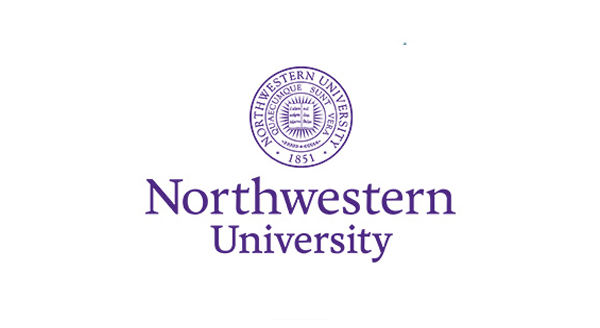
Founded in 1851, Northwestern University (NU) is a private university with its main campus located in Evanston, Illinois. Northwestern has twelve undergraduate, graduate, and professional schools and colleges, and currently offers 123 undergraduate degrees and 145 graduate and professional degrees. Northwestern University’s Office of Web Communications in the University Relations department regularly convenes Web Steering Committee meetings to examine strategies for making the most effective use of the web and to ensure that the University's mission and goals are served in short- and long-term web planning.
Prior to implementing Cascade CMS, the WCMS option provided centrally by Northwestern’s Web Communications Office was Serena Collage. Because many IT decisions in Northwestern offices, departments and schools are not centrally managed, adoption of the WCMS is optional and about one-third of departments were using Serena Collage. Several other Content Management Systems are in place in different groups at Northwestern but that number becomes smaller as groups decide to move to Cascade, the University’s centrally chosen solution.
Northwestern faced several limitations with the Collage product. The interface of the CMS was loaded with Java applets, which created a support dependency for the web team as well as performance and compatibility issues for users. In addition, performance of the system on a Mac was poor and continued to decline with each release. Upon hearing news that Serena would be discontinuing support and development for the Collage product, NU began searching for a new content management system.
In the search for a system that would meet the university’s requirements, Northwestern University came up with three main criteria: platform agnosticism, decoupled architecture with the ability to scale flexibly, and good APIs. Platform agnosticism was key, because each of the schools maintains its own IT staff and infrastructure, and it was important that the CMS integrate with varied existing and future technology platforms. A decoupled architecture was required to mitigate the impact of heavy traffic and simplify the server maintenance process. Finally, good APIs were essential to assist with moving large volumes of content from previous systems. Northwestern hired outside consultant Content Here, Inc. to help produce a list of CMS candidates based on these criteria. After identifying many potential candidates, the University examined several and narrowed the list to a shortlist of final contenders.
Following product demonstrations to the Web Steering Committee, client reference calls, and hands-on experience with each system, Northwestern chose Cascade CMS.
“We knew that our next system would have to be more aware of the ever-growing amount of content that a very large research university like Northwestern produces. Most competing products have a hard time understanding this – they silo sites apart from one another because it is the easiest way to engineer the product. With Cascade CMS, we can repurpose content from all over the University between our sites and even into external systems like Twitter to leverage our message where necessary,” says Lee Roberson, Senior Web Developer at Northwestern University.
Cascade CMS features that were essential to the selection and rollout include:
Cascade users at Northwestern fall into one of two categories: clients for whom Web Communications provides web services and partners who use the system as a tool to build their own sites. Sites that have been redesigned and migrated into Cascade include the alumni magazine, the NewsCenter press release site, the school of music site, and the Northwestern in Qatar site. The magazine utilizes custom sidebar features and other story elements, the NewsCenter makes heavy use (and re-use) of multimedia, and the music school site integrates a calendar widget and multimedia components.
The Information Technology division, which maintains about 2,500 pages, moved into the site after an 8-week migration project. It has made heavy use of Cascade workflows to speed up the process of content updates and maintain consistency of message and style. The School of Education and Social Policy has already completed a visual refresh of its site since migrating to the platform, using Cascade CMS's concept hierarchy to make changes to the layout and appearance of the site without affecting the published content. When the updates were approved, the new page configurations were enabled and everything old became new: the new design automatically wrapped the existing content – a feature not possible with the previous WCMS.
The web team continues to move smaller sites into content management from pre-WCMS models like Dreamweaver and Contribute, as well as assist with larger site moves from other content management systems. With the Web Service APIs, less time is spent on previously time-consuming tasks (like account provisioning); partners can get these tasks completed on their own time without contacting Web Communications. Says Roberson: “Cascade makes it very easy to re-use HTML templates and template code. Blocks are really aptly named – Web Communications can get a new site ready for content in under an hour if it uses an existing template.”
In 2010, Northwestern doubled the number of sites loaded into Cascade from 60 to 130+ and by the end of 2011, every site on the central web server will be published using Cascade. As more schools and programs hear from Cascade end-users about the ease of updating content, requests for redesigns or migrations into the system have increased.
Visit